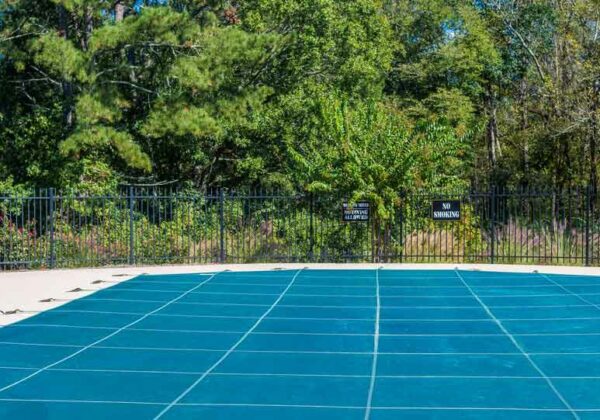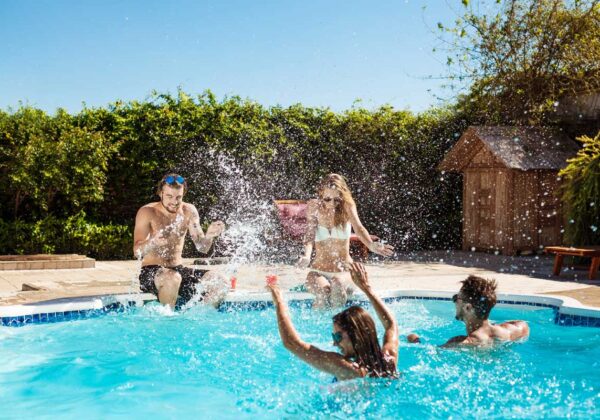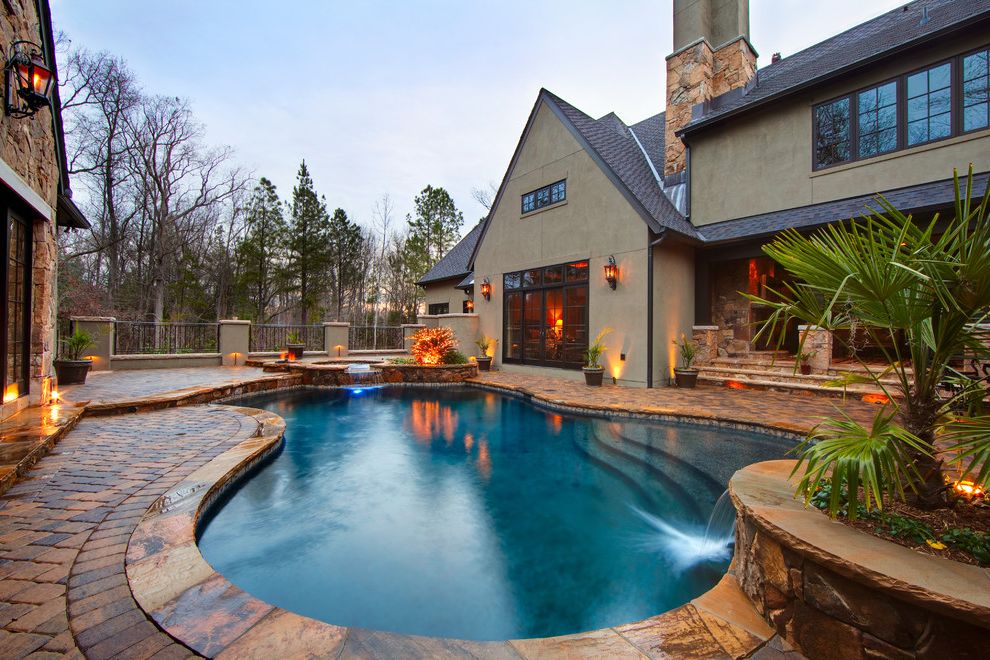Painting the Pool vs. Plastering the Pool: What Are the Differences?
Pool vs. Plastering the Pool
The debate between painting and plastering comes to mind when it comes to maintaining your swimming pool. “Should I paint or plaster my pool?” is a common query. Both swimming pool renovation techniques offer benefits and drawbacks, but pool resurfacing is by far the greatest option for preserving and increasing the value of your pool.
Before the invention of pool plastering, it was possible to paint pools. All pools were painted back then; it was a yearly custom to open the pools painted. Pool owners embraced plaster’s long-lasting and robust surface as well as its smooth, white finish when it started to be used for pools.
Who will prevail in the battle between paint and plaster? You make the decision while we simply present the facts. Should the pool be painted or replastered?

Below are some factors that you should be considering along the renovation process:
Lifespan Factor:
This round will undoubtedly go to pool plaster. Pool plaster can last fifteen to twenty years if it is blended, applied, cured, and maintained properly. When it comes to paint used in swimming pools, a pool paint job should last between two and seven years, depending on the paint type and other application and curing parameters. Pool plaster obviously wins the first round.
Endurance Factor:
Both plaster and pool paint are made to be durable and withstand the chemicals in your pool as well as environmental factors like harmful UV rays. The paints used in swimming pools, spas, and water features are designed expressly for use underwater and are remarkably resistant to poor water chemistry, high temperature changes, and even hard treatment from pool equipment. Yet, plaster can withstand more adversity than the thin coat of pool paint due to its customary 1/2 inch thickness. Once again, plaster wins this round.
Preparation Work Factor:
Draining your pool is a need for both preparing it for repainting and resurfacing. The pool must be carefully drained and readied for the new surface before applying pool paint or plaster. Despite the fact that painting is thought to be a less taxing operation, the chemicals used are hazardous and should always be kept out of the reach of children and pets.
To paint the pool, you’ll first need to wash and clean the surface with TSP to remove any oil. Next, you’ll need to acid etch the plaster. The pool can be painted moist with acrylic pool paints, but you must wait for the pool to air dry for three to five days before painting with epoxy paint, which is the longest-lasting pool paint. You’re ready to start once you’ve taped off the areas you are unwilling to paint.
Pool plaster needs significantly more sophisticated industrial preparation. After draining, the “cut-n-chip” crew enters and uses tiny saws to cut the plaster around all of the wall and floor fixtures as well as beneath the tile. The pool is acid-etched by a different team, which helps the new plaster coat adhere by roughening the surface of the plaster. A “scratch coat,” a rough, textured bond coat that sticks firmly to the old plaster surface while providing a good surface for the new plaster coat to bind to, is often applied during a third trip by some plaster businesses.
Pool paint wins this round since the preparation work is significantly simpler.
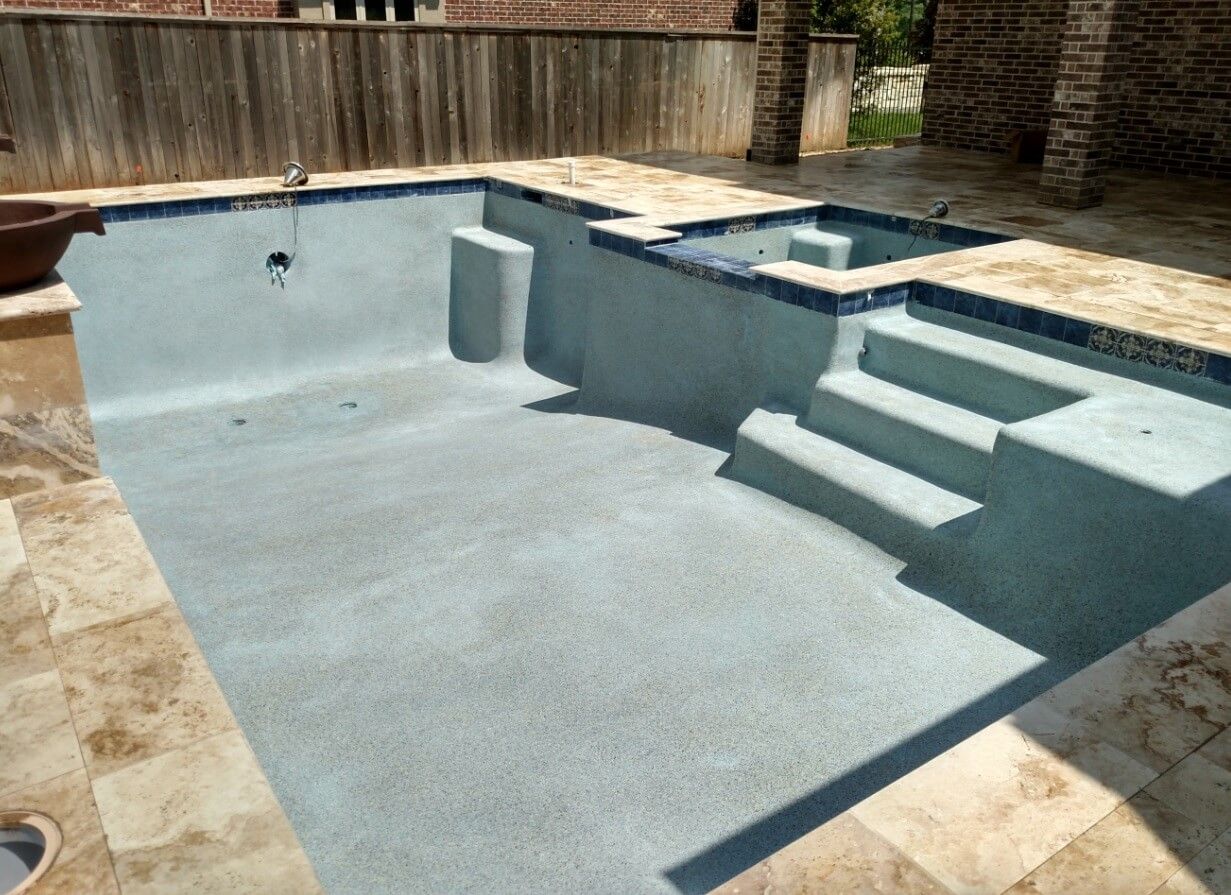
Application Factor:
Painting a swimming pool is a reasonably straightforward procedure once it has been cleaned and prepared. Use a low-nap 3/8″ roller with your completely blended pool paint to begin rolling it on the deep end wall. Because paint trays frequently spill, a 5-gallon bucket with a paint screen is the ideal option for moving paint. Work from the deep end to the shallow end while applying the first layer using long, even strokes. Once the first layer has dried for 4-6 hours, you can apply a second coat that will need roughly half as much paint. The paint and the weather conditions will both affect how long it takes to dry. You can re-fill the pool two to five days later.
When the day you will plaster the pool comes, a crew of 4-6 men will arrive with a sizable plastering “rig,” or a vehicle made especially for this use. There is only one man left on the rig, and he is mixing the plaster, which is made of marble dust and white portland cement. At this point, ingredients for color or strength might be added to the mixture.
When the plaster mixture is completed, the mixer forces it through a heavy hose, and the hose man then sprays the finished product. They start the procedure of spreading the plaster uniformly throughout the surface while wearing spiked shoes and holding a bullnosed shovel in each hand. They must use caution to avoid overtroweling the mixture or waiting too long to smooth it out.
Your pool will be plastered and a garden hose will be wrapped in a sock and left in the deep end of the pool after 3–4 hours. The pool fills once the hose is switched on and continues to fill until it is full.
The pool will need to be brushed twice daily for two weeks or until the plaster dust is gone, and you will be given advice by our experienced crew at Nachman Pool Company on how to maintain the water’s chemistry.
Pool paint prevailed in round four to win on points. Even if only because it is DIY-friendly and accommodating to pool owners. A pool can be painted by anyone. Pool plastering is not a DIY project that you should attempt at home. Nachman Pool Company and our knowledgeable staff will be at your service along your journey of renovating your pool.
Appearance Factor:
Both freshly painted walls and new plaster look great. Pool paint is brilliant and shiny, while fresh plaster has an eggshell-like, deep sheen. Plaster can, of course, be colored and given additives to produce unique tones. Using paint, you may accomplish the same thing and even create a mural.
However, as noted, pool paint doesn’t last as long as resurfacing work does. What’s worse, pool paint fades with time, giving your pool a lifeless, dreary appearance. Also, if pool paint is not properly maintained, materials that break down in the paint might enter your pool, causing the water to become cloudy and chalky. In fact, as you get out of the pool, this procedure may leave a white, chalky residue on your skin.
Painted pool surfaces gradually become thinner over time, and after three to five years, you can start to see through the thin areas to the sub-surface. These stains can be covered up using pebble plaster or plaster that has quartzite particles. Plaster that has been tinted (black, grey, or blue) has the drawback of making calcium scale that accumulates on the surface more noticeable than it would be on white plaster.
In conclusion, plaster wins after the first few years, even if both paint and plaster have the same shine.
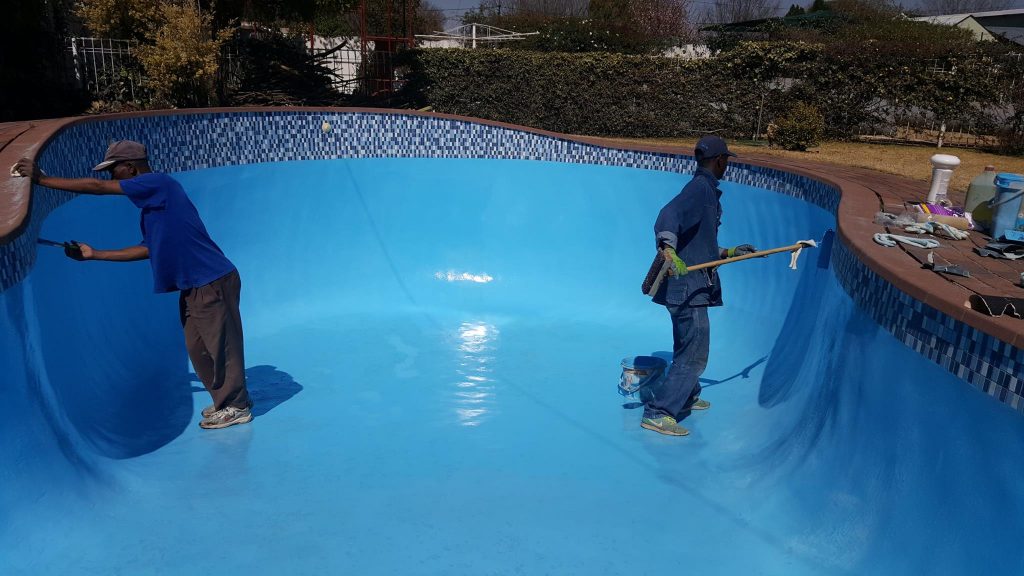
Price Factor:
Starting at $4,500, pool plastering can cost much more if you use strength additives and pebble or quartz surfaces. Naturally, prices can be greater for larger pools and in some major cities.
One of the most costly paints, pool paint, costs $60 to $100 a gallon. You might also need some painting supplies and 6-10 gallons, depending on the size of your pool. You’ll likely spend between $800 and $900 on materials to paint the pool yourself.
Although choosing plastering over painting initially seems more expensive, consider the first aspect we covered, toughness. It soon adds up if you have to repaint your pool every 5 to 7 years as opposed to having to plaster it every 15-20 years. Plastering reduces ongoing costs, which will ultimately save you money.
It is crucial to understand that this is not a task you should do on your own. Do not attempt this yourself, despite what Pinterest or Instagram may be telling you. Inexperienced individuals shouldn’t immediately drain their pool and start working on this process right away because incorrect painting or resurfacing can permanently harm your pool. At the very least, poor application might result in bubbling and scorching, necessitating a complete process restart. You can call the professionals at Nachman Pool Company instead, and allow them to complete the task correctly the first time.
Failure Factor:
Even if the preparation work is done correctly and attentively, conditions like excessive humidity in the air might have a negative impact on the paint job. It is still true that not all paint jobs will be successful, and some may even fail tragically.
Both small and large plaster projects can fail. Pool plaster has a wide range of potential issues. Pits and poxmarks are caused by spot etching. Bond failure causes delaminations, in which significant portions lift off the floor or fall off the wall. You might witness variances in color, streaking, or trowel burn depending on the mix ratios, application temperature and pace, curing, and chemical cleaning after the plaster operation.
The seventh round is tied. Both pool plaster and paint can deteriorate. But if you choose to collaborate with our professionals at Nachman Pool Company, you won’t experience that.
Considering all the factors that we have mentioned above, pool plastering and pool painting have both some advantages and drawbacks. It’s your choice to decide which one to get since it’s your pool after all. However, our expers may help you and come up with the best customized renovation plan for your backyard sanctuary.
Call the dependable professionals at Nachman Pool Company for a quotation or get more information about pool renovation projects online to save time and money. You can rely on Nachman Pool Company and our professionals to complete the job correctly.

